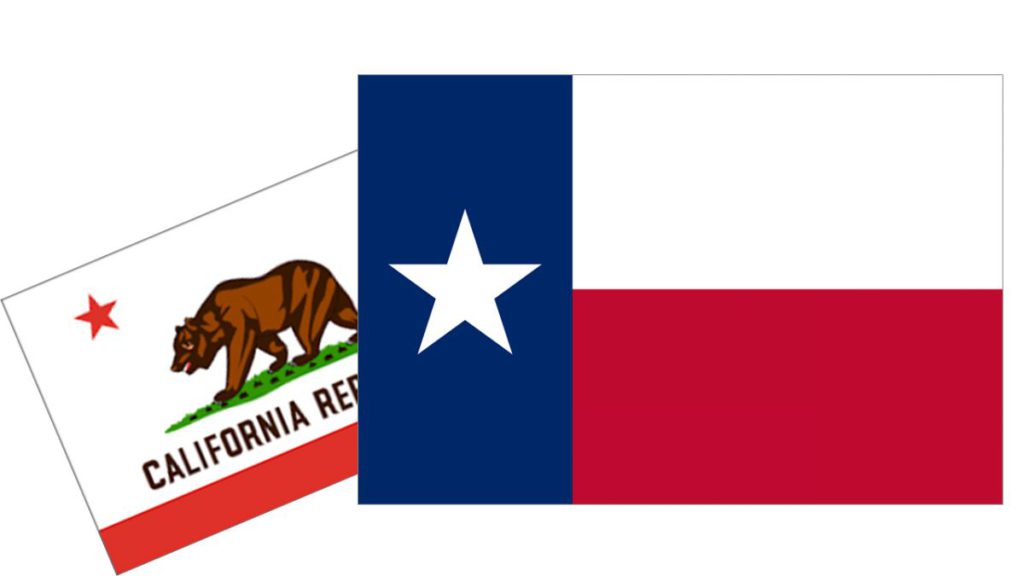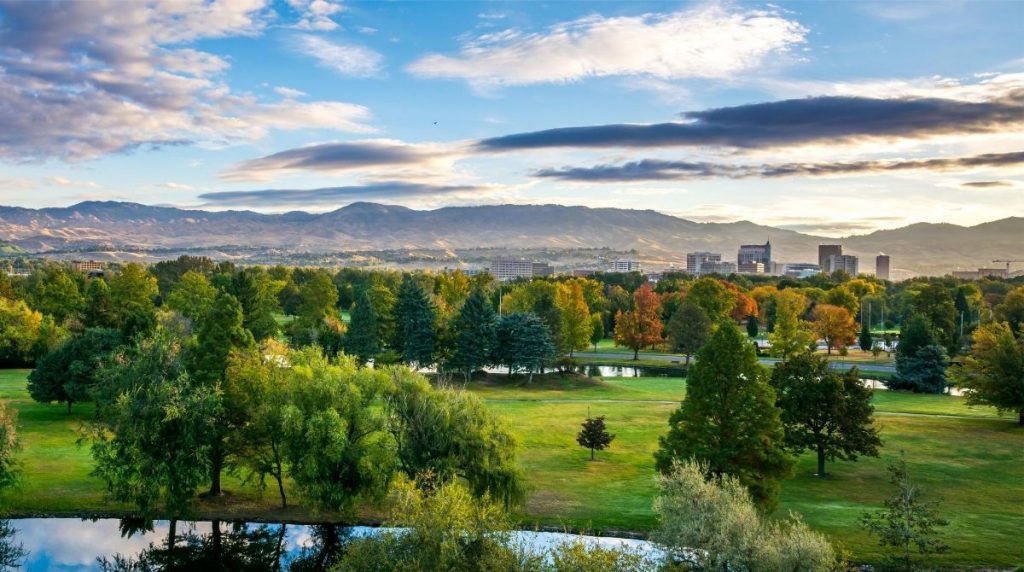Utah is one of the best places to live if you love the outdoors and the life of a city. There’s a reason why so many people love living here!
There’s something special about Utah. I’m not talking about Jell-O, Rubber Chickens, Fry Sauce, or Kentucky Fried Chicken. It’s a fethin’ ridiculously epic place to live. Utah is considered a desert mountain region, so the air is dry here. Utah summer temperatures get into the 100’s & in the winter temps fall below freezing. This extreme climate gives us all 4 seasons.
Utah is a unique place to live & it’s known for its natural beauty. We have 5 National parks & loads of protected forest land. If you haven’t visited Zion’s National Park, Bryce Canyon, Arches National Park, Canyonlands, or Capitol Reef, YOU ARE – MISSING OUT! And the mountains here, they are spectacular. The state has its fair share of clean, refreshing lakes & waterfalls. Our wonderful outdoors also offers some of the best hunting & fishing. And, Utah has the best snow on earth. If you like to ski or snowboard Utah is a must-visit location. The Salt Lake Valley is one of the most accessible ski destinations in the world with 14 ski resorts within quick striking distance of the city & the airport. Our snow is believed to be the reason Utah won the bid to host the 2002 Olympics.
Utah’s current population is around 3.2 million. Utah is one of the fastest-growing states in the country. For years, Utah has had the highest birthrate & one of the nation’s lowest death rates. We also have one of the lowest moveout rates.
If you’re moving to Utah, there are a lot of things you’re going to need to know. Luckily, you’ve come to the right place.
Here are a few pros and cons to consider as you make your move to The Beehive State:
The economy of Utah is a diversified economy covering industries such as tourism, mining, agriculture, manufacturing, information technology, finance, and petroleum production. The majority of Utah’s gross state product is produced along the Wasatch Front, containing the state capital Salt Lake City.
In eastern Utah, petroleum production is a major industry. Near Salt Lake City, petroleum refining is done by a number of oil companies. In central Utah, coal production accounts for much of the mining activity.
Utah is one of the United States’s major producers of coal west of the Mississippi, and almost all of the state’s power is generated by coal and natural gas. A much smaller amount comes from hydroelectric and other renewable sources. Utah is the only state producing gilsonite, a source of road oil, paving binder, and asphalt tile.
Utah’s transportation system, with easy access to all national markets, is the basis for the state’s development as a major distribution centre for the West. As in much of the country since the mid-20th century, railway mileage has decreased while road traffic has expanded; several interstate highways supplement the state system.
A major east-west Amtrak national passenger route serves cities in Utah’s north and central regions. In addition to the international airport serving Salt Lake City, there are excellent feeder line facilities in Ogden, Logan, Provo, Cedar City, and Saint George.
Utah’s cost is a little higher than the national average, but Utahns have it a little better.
According to a study, $100 spent in Utah on goods and services would not cover the average $103.09 price tag for the same services in other states. Effectively, Utahns are 3 percent richer than the face value of their salaries.
Of course, it’s all relative. In Salt Lake City, you can expect to spend about $6,800 per month for housing, food, childcare, transportation, healthcare, taxes, and other necessities. In Cedar City, you can save a few hundred on the same expenses.
Salt Lake City’s housing expenses are 8% lower than the national average and the utility prices are 22% lower than the national average. Transportation, a single Salt Lake City adult will spend an average of $4,900 on transportation. Families of two working adults and a child should expect to pay $11,186. Fortunately, Salt Lake City is still a relatively affordable city compared to western cities like San Francisco.
-Four-person family monthly costs: $3,001.38 without rent.
-A single person monthly costs: $846.58 without rent.
Moving is one of the most exciting and overwhelming events in our lives. While there are many moving companies and various different resources to choose from, there is only one Real Movers. If you are in the process of planning a long-distance move, and you are looking for a moving company you can trust, Real Movers is your perfect choice.















